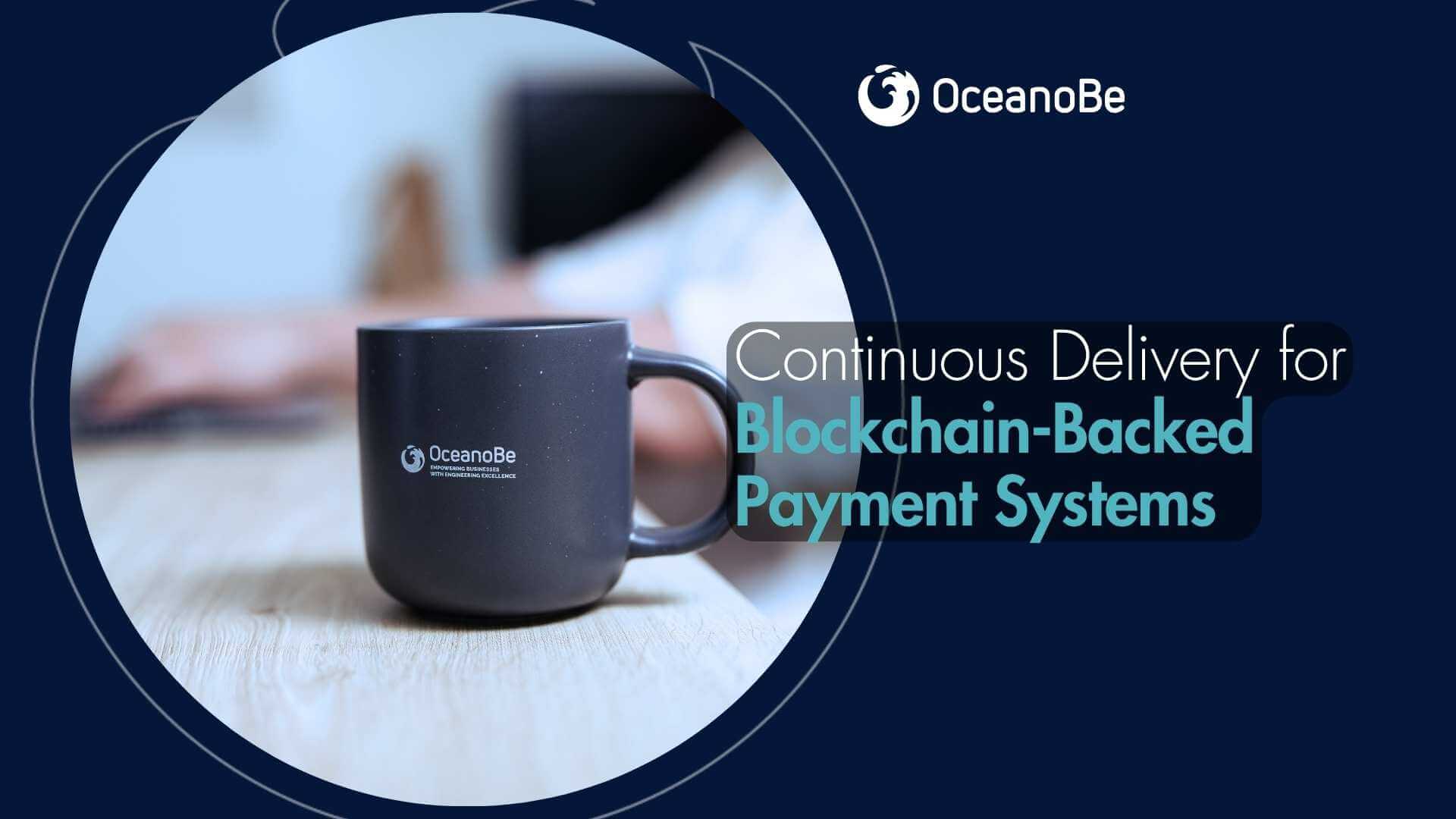Continuous Delivery for Blockchain Backed Payment Systems
How DevOps teams can safely and efficiently deliver blockchain-based fintech products in high-stakes environments
How DevOps teams can safely and efficiently deliver blockchain-based fintech products in high-stakes environments

Delivering a blockchain-powered fintech product is like flying a plane while upgrading its engines—except the air traffic controllers are regulators, your runway is public, and every passenger can see into your cockpit. In such an environment, Continuous Delivery (CD) isn’t just a productivity enabler—it’s a trust mechanism.
For engineering teams working on blockchain-backed payment systems, traditional CI/CD principles still apply—but they must be adapted to immutable ledgers, smart contracts, and a radically different failure surface. In this article, we explore the unique DevOps challenges of blockchain fintech and the strategies that enable safe, fast, and compliant delivery.
The blockchain ledger is append-only and immutable—meaning mistakes can’t be patched silently. Once a smart contract is deployed to the mainnet, it's live. Period. That’s why robust pre-deployment validation becomes the cornerstone of your CD pipeline.
To de-risk deployment, teams must shift left—investing heavily in:
Use tools like Slither or MythX to detect vulnerabilities and gas inefficiencies.
Simulate real-world transaction loads and edge cases in environments like Goerli or via local forking tools (e.g., Ganache, Anvil).
Treat third-party audits as checkpoints, not parachutes. Automate a checklist of known vulnerabilities and deploy audit-ready code for review early in your sprint cycles.
Blockchain systems introduce two kinds of state: off-chain app logic and on-chain execution. These layers must evolve in sync—and with an awareness of finality delays, network congestion, and gas cost volatility.
Your CI/CD should include:
Decouple UI/backend releases from smart contract changes. This allows faster iterations on user experience while keeping on-chain logic stable and secure.
Insert manual or automated approval gates before deploying to mainnet—especially for contracts that manage tokens or funds.
Track gas usage, transaction latency, and reorg risk in real time. Connect Prometheus/Grafana or use services like Tenderly for real-time alerts when something behaves unexpectedly.
You can’t rely solely on unit tests when deploying blockchain-integrated systems. Consider layered testing strategies that include:
Unit tests for contract functions and helper services (using Hardhat, Foundry, or Truffle).
Integration tests that execute full workflows on local testnets or forks.
Contract invariants to enforce critical business logic (e.g., “token balances never go negative”) via fuzz testing.
End-to-end tests that simulate transactions through the entire stack—from user interaction to blockchain confirmation.
Testing should also include rollback simulations—even though smart contracts can’t be rolled back, your app should gracefully handle bugs, forks, or upgrades via proxy patterns or migration contracts.
In traditional fintech, audit logs and compliance hooks are retrofitted. In blockchain fintech, they must be built in. Consider adding:
CI/CD audit trails that track every code change, signer, and environment config pushed to staging or production.
Artifact signing & verification—sign each build artifact and smart contract hash to ensure integrity across environments.
Regulatory reporting hooks embedded in workflows—automatically notify compliance teams of contract deployments, version changes, or transaction anomalies.
Some teams even version control regulatory responses, using GitOps principles to document how compliance decisions evolve alongside code.
Delivery pipelines for blockchain systems must handle private keys and sensitive credentials—securely.
Use HSMs or cloud KMS for signing transactions in production.
Never expose deployer keys in CI environments—use signing relays or hardware wallets with air-gapped control.
Automate rotations and revocation policies for all blockchain credentials.
Security isn’t just about penetration testing—it's about continuous access governance, especially in multi-sig or DAO-managed environments.
Blockchain-backed payment systems bring complexity—but with the right CD practices, they can still be delivered with confidence and speed. Success hinges on combining proven DevOps automation with blockchain-specific safeguards like smart contract audits, mainnet gating, and compliance-forward observability.
In a space where mistakes are visible forever, rigorous delivery practices are your best defense—and your competitive advantage.